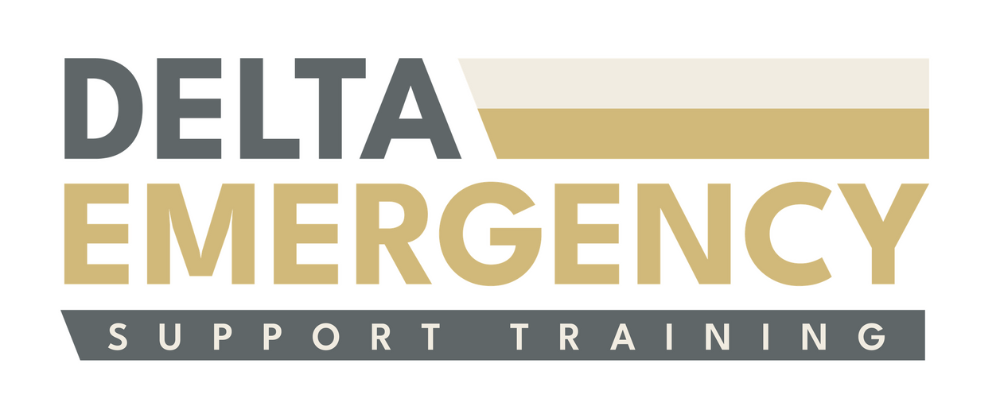Babysitter's Guide: What to Do When a Child Breaks Their Arm
/Introduction
Hey there, amazing babysitter! You play a crucial role in keeping kids safe and happy while their parents are away. But sometimes, unexpected accidents happen, like a child breaking their arm. It's essential to stay prepared and know what to do in such situations. In this guide, we'll walk you through the steps to take if a child breaks their arm while you're babysitting.
A child holding their broken arm in a cast.
How a Child May Break Their Arm
Accidents can happen, especially with active and adventurous children. Understanding how a child may break their arm can help caregivers and babysitters be more vigilant and prepared. Here are some common scenarios in which a child may sustain a broken arm:
1. Falling
Falls are a frequent cause of broken arms in children. A child can trip, slip, or fall from heights while playing on playground equipment, climbing trees, or riding a bicycle. When they attempt to break their fall by extending their arm, it can lead to a fracture.
2. Sports and Play
Children often engage in sports and games that involve physical contact or impact. This can include activities like soccer, basketball, gymnastics, or even roughhousing with friends. Collisions or falls during these activities can result in a broken arm, especially if they land on their outstretched arm.
3. Accidental Collisions
Accidents can occur in everyday situations. A child may accidentally collide with a hard object or another child while running, playing indoors, or participating in organized sports. The impact can lead to a broken arm.
4. Trampoline Mishaps
Trampolines are a common source of childhood injuries. While bouncing or attempting flips, children can land awkwardly on their arms, leading to fractures. It's essential to supervise children closely when they're using a trampoline and follow safety guidelines.
5. Playground Injuries
Playgrounds are a fun and exciting place for children, but they can also be risky. Falls from swings, slides, monkey bars, or other equipment can cause arm fractures if a child lands on their arm while trying to break their fall.
What to do: Stay Calm
Staying calm is absolutely paramount in moments of crisis. When an accident occurs, it can be a scary experience, especially for a child, but your composure becomes a beacon of stability. Children often look to adults for guidance on how to react to challenging situations, so your ability to stay composed is essential. It helps the child feel safer and more secure, creating a reassuring environment amidst the chaos. By taking a deep breath and focusing on what needs to be done, you can gather your thoughts, assess the situation, and make rational decisions quickly. This not only benefits the child but also aids in your own effective response. In summary, maintaining calmness is vital for providing the best care and support during an emergency, ultimately ensuring the child's safety and well-being.
Call for Help
If you suspect that the child's arm is broken or if uncertainty surrounds the severity of the injury, it's absolutely crucial not to delay – call for help immediately. Dialing 911 or your local emergency number is the first step in ensuring the child receives the prompt and professional medical attention they require. While awaiting the arrival of medical professionals, it's essential to stay focused and take the following steps to provide the best possible care for the injured child. Your swift action can be the linchpin in the child's recovery process, as it ensures that the right experts with the necessary equipment and expertise will soon be on the scene to assess, treat, and address the broken arm properly.
Assessing the Injury
Assessing the injury is a crucial step when a child may have a broken arm, and it's important to do so without causing unnecessary pain or discomfort. Begin by gently asking the child if they can wiggle their fingers. If they can do so, it's generally a positive sign that the injury might not be as severe as initially feared. However, it's essential to keep in mind that the fingers may still be injured or swollen, so be gentle. If there are rings on the fingers, watches or bracelets, carefully remove them to prevent constriction as the fingers and wrists may swell after an injury. This initial assessment can provide valuable information while minimizing any further discomfort for the child. Remember, the child's well-being is our top priority during this process.
Provide Comfort and Reassurance
While waiting for the ambulance, comfort and reassure the injured child. Speak to them in a soothing tone, keep them distracted from the pain by chatting or playing a game, and let them know that help is on the way.
Communicate with Parents
As soon as you can, reach out to the child's parents or guardians to inform them of what happened. It is crucial to have a reliable means of contacting parents or guardians in case of emergencies and ensuring that the contact information is accurate and up-to-date. A working phone or communication device is a lifeline that can provide immediate access to parental consent, medical history, emotional support, logistical arrangements, and fulfilling legal and ethical obligations, all of which are essential for the child's safety and well-being. Therefore, always double-check the provided contact information and have a functioning device ready when babysitting, ensuring you can promptly reach out to parents or guardians if an injury occurs.
Conclusion
Being a babysitter comes with a lot of responsibilities, including handling unexpected emergencies like a broken arm. Remember, staying calm, ensuring safety, and taking the right steps to care for the injured child are essential. Your quick and composed response can make a big difference in the child's comfort and recovery. Always prioritize the child's well-being and seek professional medical help to ensure they receive the proper treatment for their broken arm. You've got this, babysitter-extraordinaire!




